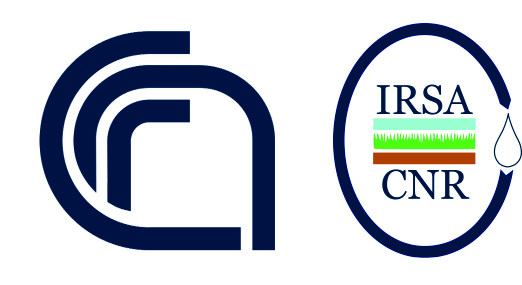Scheda di dettaglio – i prodotti della ricerca
| Dato | Valore |
|---|---|
| Title | Effects of different primary substrate concentrations on 2,4-dichlorophenol removal by aerobic granular sludge |
| Abstract | In this study, the aerobic granular sludge technology was applied for the degradation of 2,4-dichlorophenol (2,4-DCP, up to 30 mg/L), with sodium acetate (NaAc) as the primary (growth) substrate: since dosage of an external carbon source may represent a relevant cost at larger scale, the effects of decreasing NaAc influent concentrations (from 800 to 400 mg/L) on process performance were evaluated, in order to reduce operating costs. High NaAc concentration in the influent, a key aspect during process start-up, was shown to play a minor role for granular sludge long term operation: both NaAc and 2,4-DCP were completely removed during the whole experimental activity and the observed chloride release was found to be stoichiometric (indicating the complete mineralization of the toxic compound). The increase of the applied 2,4-DCP/NaAc ratio from 0.025 to 0.075 also influenced microbial population dynamics, and probably forced granular biomass to enhance self aggregation as a defensive strategy against the toxic effects of 2,4-DCP: the increase of granules density (from 68±2 up to 124±6 gTSS/Lgran) was accompanied by enhanced settling ability and better effluent quality. As shown by FISH, no inhibiting effects were observed on overall microbial activity and biodiversity of granular biomass at increasing 2,4- DCP/NaAc ratios. |
| Source | SIDISA 2012 - Sustainable Technology for Environmental Protection - 9th Edition International Symposium of Sanitary and Environmental Engineering, Milano (ITA), 26-29 Giugno 2012 |
| Keywords | aerobic granular sludgechlorophenolsFISHtoxicitygrowth substrate |
| Year | 2012 |
| Type | Contributo in atti di convegno |
| Authors | S. Milia, M. Perra, S. Rossetti, A. Carucci |
| Text | 194576 2012 aerobic granular sludge chlorophenols FISH toxicity growth substrate Effects of different primary substrate concentrations on 2,4 dichlorophenol removal by aerobic granular sludge S. Milia, M. Perra, S. Rossetti, A. Carucci Istituto di Geologia Ambientale e Geoingegneria IGAG CNR ; Universita degli Studi di Cagliari Dipartimento di Ingegneria Civile Ambientale e Architettura DICAAR ; Istituto per la Ricerca Sulle Acque IRSA CNR In this study, the aerobic granular sludge technology was applied for the degradation of 2,4 dichlorophenol 2,4 DCP, up to 30 mg/L , with sodium acetate NaAc as the primary growth substrate since dosage of an external carbon source may represent a relevant cost at larger scale, the effects of decreasing NaAc influent concentrations from 800 to 400 mg/L on process performance were evaluated, in order to reduce operating costs. High NaAc concentration in the influent, a key aspect during process start up, was shown to play a minor role for granular sludge long term operation both NaAc and 2,4 DCP were completely removed during the whole experimental activity and the observed chloride release was found to be stoichiometric indicating the complete mineralization of the toxic compound . The increase of the applied 2,4 DCP/NaAc ratio from 0.025 to 0.075 also influenced microbial population dynamics, and probably forced granular biomass to enhance self aggregation as a defensive strategy against the toxic effects of 2,4 DCP the increase of granules density from 68±2 up to 124±6 gTSS/Lgran was accompanied by enhanced settling ability and better effluent quality. As shown by FISH, no inhibiting effects were observed on overall microbial activity and biodiversity of granular biomass at increasing 2,4 DCP/NaAc ratios. 978 88 903557 2 1 ISBN CD 978 88 903557 2 1 MEMORIA ESTESA ISBN Print 978 88 903557 1 4 ABSTRACT SIDISA 2012 Sustainable Technology for Environmental Protection 9th Edition International Symposium of Sanitary and Environmental Engineering Milano ITA 26 29 Giugno 2012 Internazionale Contributo Contributo in atti di convegno alessandracarucci CARUCCI ALESSANDRA simona.rossetti ROSSETTI SIMONA stefano.milia MILIA STEFANO TA.P07.014.002 Sviluppo di tecnologie di soil washing ; valutazione del rischio amianto |
